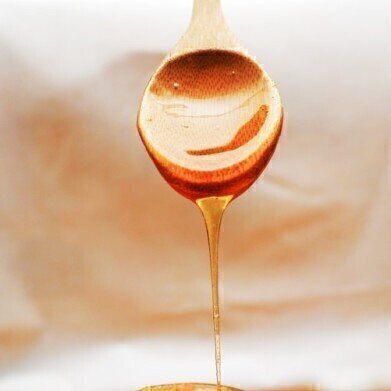HPLC, UHPLC
How Safe is Your Honey? - Chromatography Investigates
Jan 30 2019
What we eat can mean that we are exposed to unexpected contaminants. This is particularly true for foods farmed where pesticides are used to help production. But this can also lead to exposure to contaminants where animals feed on the plants and are contaminated themselves. One of the cases that has been in the news is the potential for honey to be contaminated with pesticides. But what is the risk?
Apiculture - looking after pet bees
Apiculture is simply looking after domesticated bees - only tenuously domesticated compared to your pet poodle though. The management of bees is carried out for the prime purpose of producing honey - for either domestic consumption on toast or in porridge, or to supply manufacturers with a product that can be turned into any number of medicinal products.
Bee keeping is generally considered to be an eco-friendly farming method - although there are some mega-farms where the welfare of the bees is probably not the primary concern. A state of affairs that can exist in any process where profit is concerned. And whilst most bee keeping is environmentally friendly and sustainable - we have very little control over where our bees might feed.
Foraging afar on flowers
Bees forage far and wide for the nectar they need to produce honey. This is one of the reasons why it is difficult to produce organic honey - after all, bees forage on any tasty looking flowers they find, organic or not. It is estimated that the average bee flies 12km in search of food - with an estimated one million visits needed to make just one jar of honey. So, is it any wonder that bees collect nectar that is sometimes contaminated with environmental pollution, especially pesticides? But does that make honey dangerous to eat?
Keeping honey safe for Pooh
Recent studies have studied the impact of pesticides, particularly neonicotinoids, on honeybees and found that they are present in many areas of the world - so much so, that it is estimated that around 75% of honey produced contains neonicotinoids. The levels detected in bees are thought to be sufficient to affect bee function which could affect their ability to forage for nectar and produce honey. Honey is not just good for humans, it is one of the main food sources for bees during the winter, allowing that to survive when there are no flowers producing nectar.
Testing honey for pesticide residues is often carried out using chromatography. A technique regularly employed to test environmental samples as discussed in this article, Analysis of Residual Pharmaceutical and Personal Care Products in River Waters via UHPLC-MS/MS. Recent studies suggest that the levels of pesticides in honey for human consumption is below any levels that are likely to be a hazard to human health. And with the European ban on some pesticides, that can only be good news for all honey eaters - including bees.
Digital Edition
Chromatography Today - Buyers' Guide 2022
October 2023
In This Edition Modern & Practical Applications - Accelerating ADC Development with Mass Spectrometry - Implementing High-Resolution Ion Mobility into Peptide Mapping Workflows Chromatogr...
View all digital editions
Events
Apr 28 2024 Montreal, Quebec, Canada
May 05 2024 Seville, Spain
May 15 2024 Birmingham, UK
May 19 2024 Brno, Czech Republic
May 21 2024 Lagos, Nigeria














